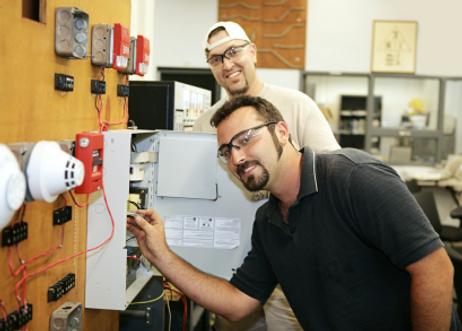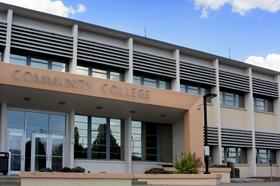Incarcerated individuals are much more likely to return to prison three years after their release if they do not have access to educational opportunities beyond high school, a new study from the Institute of Higher Education Policy has found. In the report titled "Unlocking Potential: Results of a National Survey of Postsecondary Education in State Prisons," IHEP has determined that providing prisoners with access to college education benefits both the individual and society at large. The report was published this month on the IHEP website, including recommendations for policymakers regarding prisoners currently in the system.
According to IHEP, there are approximately 2.3 million people in the prison system in the United States today, costing taxpayers about $52 billion each year. Without access to any postsecondary education, seven of 10 formerly incarcerated individuals will return to prison within three years of their initial release. Recidivism costs states every year, which is why policymakers must consider instituting programs within the prison system to provide prisoners with the necessary training and education to find jobs after their release.
The Profile of a Prisoner
The IHEP study found many common characteristics of incarcerated individuals vs. the general population today, including:
- Incarcerated individuals are much more likely to come from economically disadvantaged backgrounds than the general population
- Those in prison tend to be from racial and ethnic minorities to a higher degree than the population at large
- Many in prison today were either working at low-paying jobs or not






















